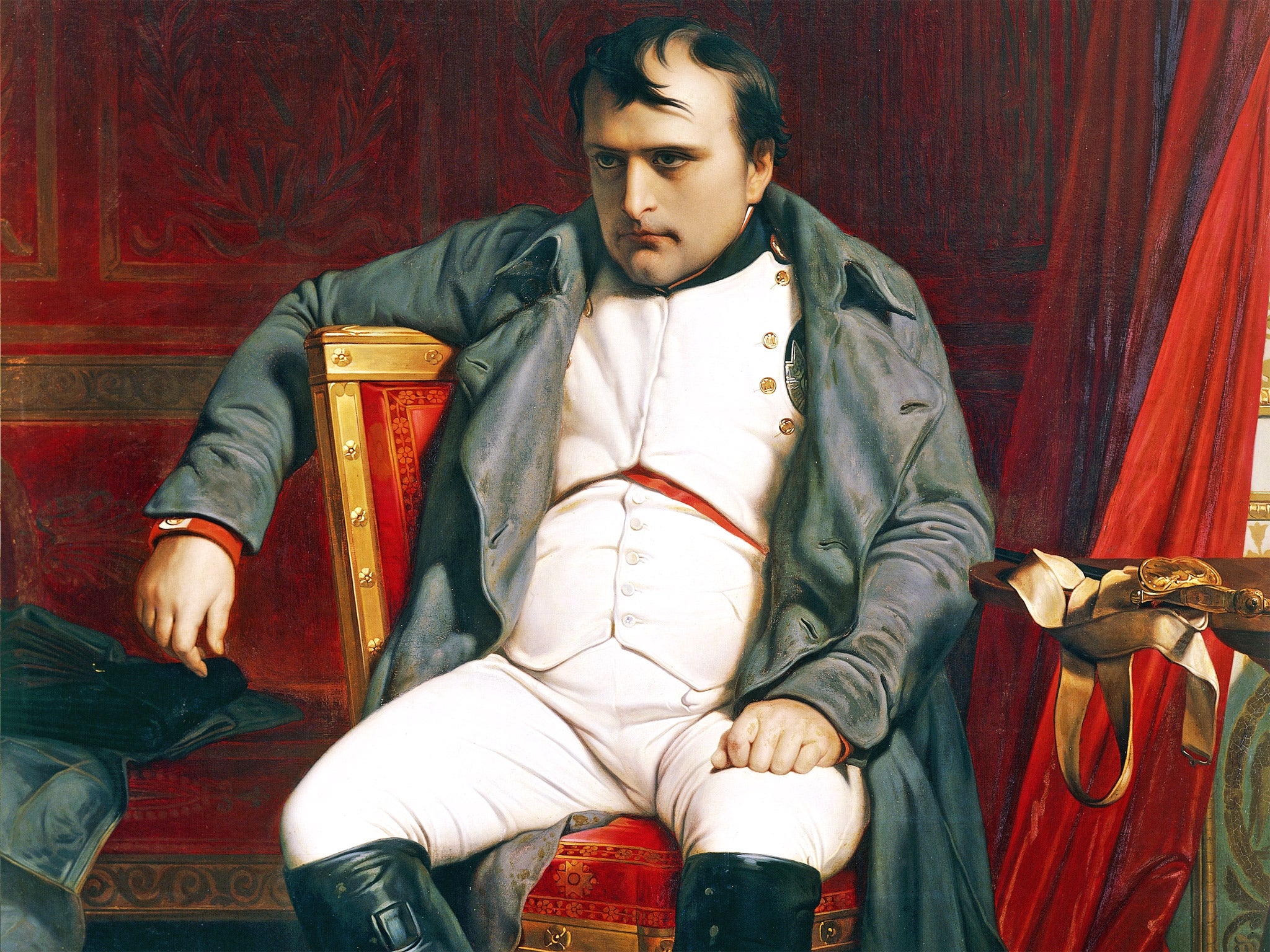Waterloo 200 years on... and the strange journey of Napoleon's penis
How the French Emperor's honourable member ended up in New York

This week marked the bicentenary of the Battle of Waterloo. The epic clash saw the final defeat of the French emperor Napoleon, who, despite his supposedly “diminutive” stature, was a bogeyman for British children, a military genius for the ages, and a towering figure on the world stage.
But after Waterloo, Napoleon was, well, cut to size. He abdicated power and was eventually captured by the British and placed in permanent exile on the remote, stony Atlantic isle of St Helena. There, he died in 1821, in circumstances that are debated to this day.
An autopsy followed his death. During the procedure, according to some accounts, Napoleon's little Napoleon, as well as other vital organs, including his heart and stomach, was excised by the doctor. This was either an accident or done on purpose, depending on whom you believe.
It shouldn't be surprising, though, that there was curiosity in Napoleon's remains. For most of human history, we have been fascinated and obsessed with the stray body parts of famous people. Napoleon's second valet, present at the postmortem, wrote in his memoirs that the Corsican doctor, “taking advantage of a moment when the eyes of the English were not fixed on the body, had taken two little pieces from a rib.”
These and other pieces of Napoleon supposedly came into the hands of an Italian priest. That apparently included the French commander's penis.
From there, the trail of Napoleon's alleged member gets a bit cloudy. It went from the priest's family to a London bookseller — the item was politely listed in a catalogue as “a mummified tendon” — to a counterpart across the pond in Philadelphia. In 1927, these effects were exhibited in New York at the Museum of French Arts.
A Time magazine journalist attended the event, gazed at Napoleon's penis, and was not all that impressed. The publication likened it to “a maltreated strip of buckskin shoelace.” Another newspaper described it as a “shriveled eel.”
The idea of a “Napoleon complex” emerged well after his death, but perhaps we can understand its origins. A documentary by Channel 4 last year went on to cruelly spell it out.
Eventually, the item believed to be Napoleon's penis was bought in an auction in 1977 by John J. Lattimer, a leading American urologist. It has since remained in the late Lattimer's household outside New York City. The video above, with Evan Lattimer, his daughter, is worth watching. (Start at the 2-minute mark for the not-so-big reveal — the organ is not shown on camera.)
Forensic analysis conducted on the specimen confirms that it is a penis, though it's still not certain it was a part of a Bonaparte.
“All the internal structures are perfect,” says the urologist's daughter.
“Wow, the stuff you find in New Jersey,” concludes the interviewer.
Copyright: Washington Post
Join our commenting forum
Join thought-provoking conversations, follow other Independent readers and see their replies
Comments